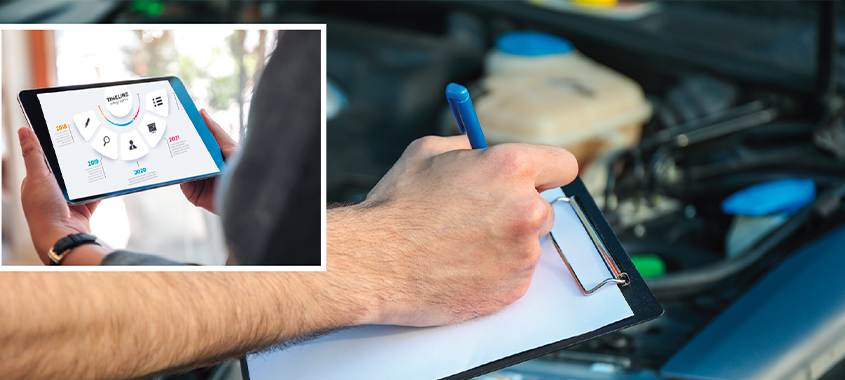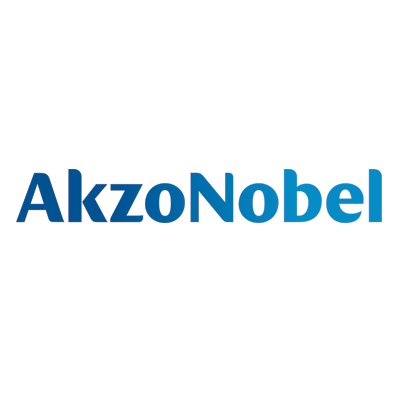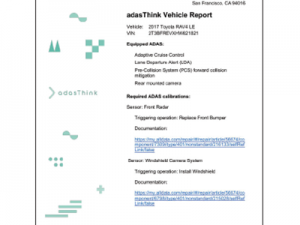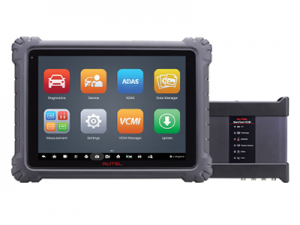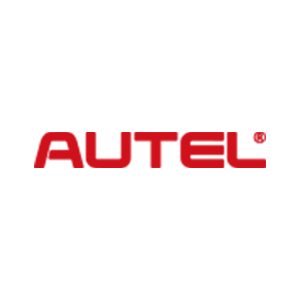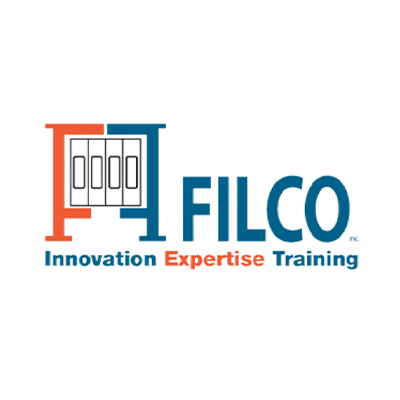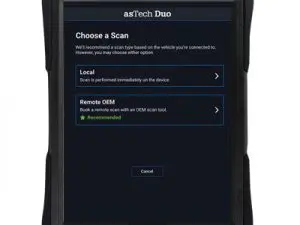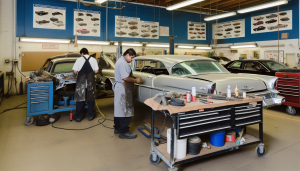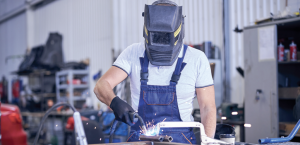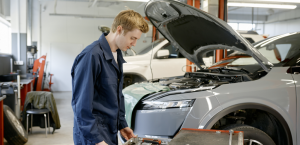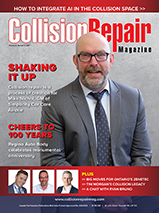FROM PAPERS TO IPADS
THE INDUSTRY’S WORDS ON WEB-BASED PLATFORMS
Those with their toes in the industry for a few decades will know how tedious writing estimates used to be. Heck, some of you might have carpal tunnel to prove it.
Today’s estimating systems, contrary to the pen-and-paper methods of the past, are almost entirely web-based. In 2022, you can perform estimates in the palm of your hand, via a smartphone or tablet.
It’s no secret these platforms have advanced technologically alongside the rise of complex tech present in modern vehicles—think advanced driver assistance systems (ADAS) and the millions of lines of code resting deep in the softwares of the vehicles in your shop. Preand post-scans are non-negotiable in today’s repair climate, and writing proper estimates is integral to that equation.
Collison Repair mag recently conducted a survey on the state of estimation where readers revealed that a simple estimate can take anywhere from five minutes to upwards of an hour. For complex estimates, readers suggest the task can take anywhere from one hour to six hours to complete.
When it comes to training staff on estimating systems, the results were just as muddled. Some readers said it takes them a few mere hours to train new employees on an estimating platform; others argue that you may never be proficient.
“It takes several days to be just functional; several months to gain proficiency,” wrote one reader.
“I’d say training takes about six months, depending on the system,” wrote another anonymous reader. “However, due to insurance company involvement, training is never-ending.” “Good question,” admitted another. Regardless, the survey drew at least one consensus across the board: the systems of today are generally faster than those of yesteryear.
“We used to hand-write estimates,” reminisced a respondent. “Plus, web-based systems are much quicker than the old server-based platforms.”
So, how hands-on is your team when it comes to understanding your platforms and serving the customer an accurate estimate?
Check out Collision Repair’s culmination of scanning, diagnostic and estimation tools on the following pages.
-
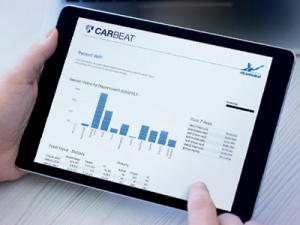
CARBEAT
Read more0 out of 5 -

adasTHINK
Read more -

MaxiSYS Ultra
Read more0 out of 5 -

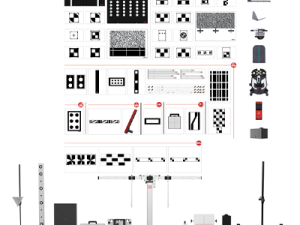
MA600 Mobile All Systems Calibration Package
Read more0 out of 5 -


ADAS: Radar and Camera Calibration Kit
Read more0 out of 5 -

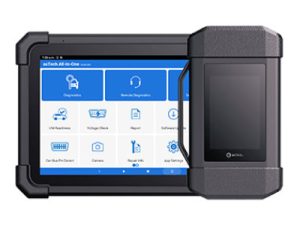
asTech All-In-One
Read more0 out of 5 -

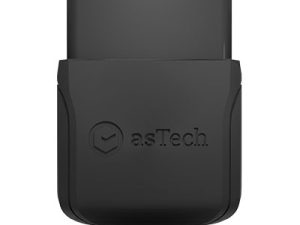
asTech Mini
Read more0 out of 5 -

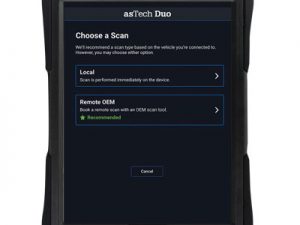
asTech Duo
Read more0 out of 5



